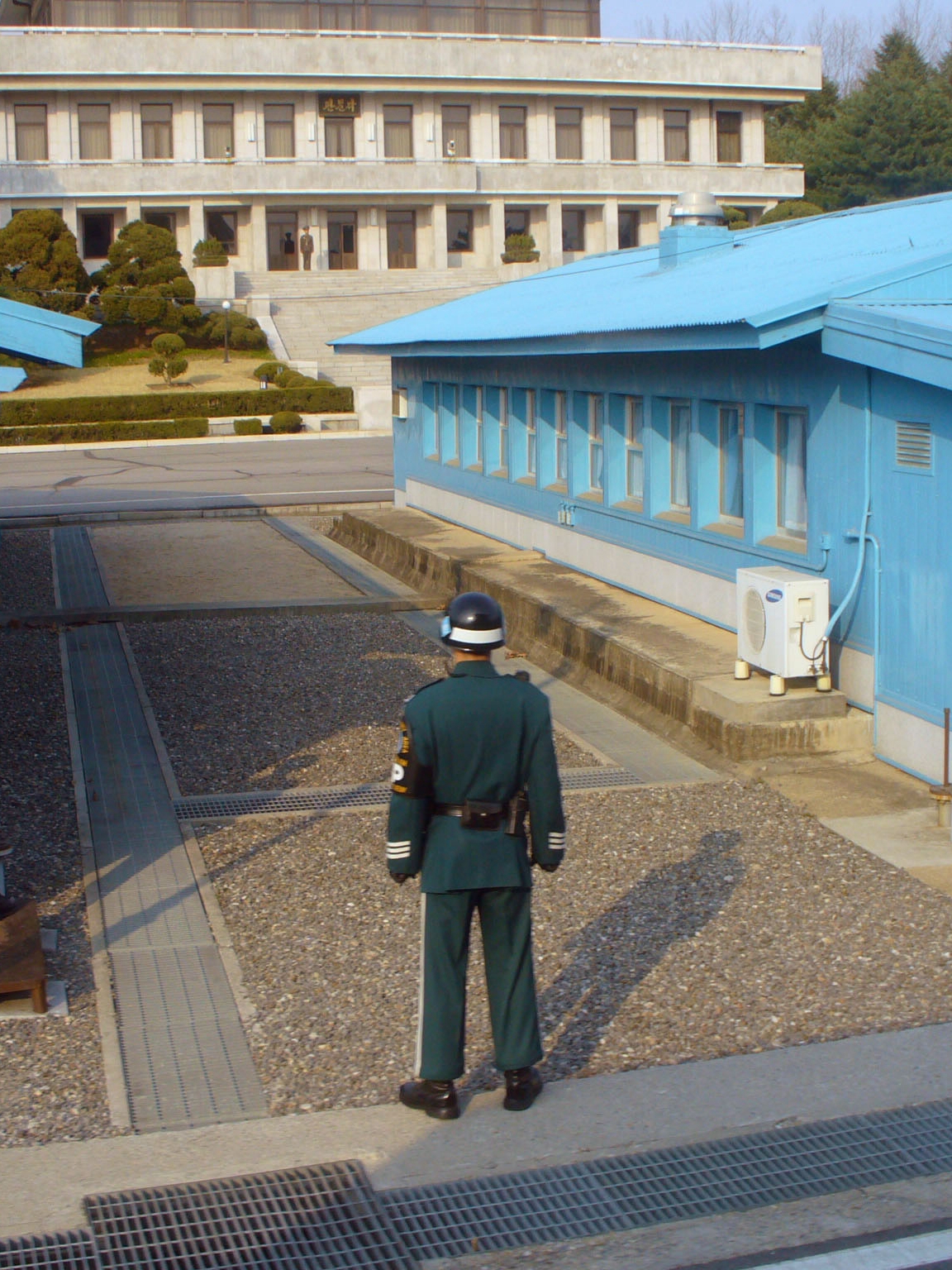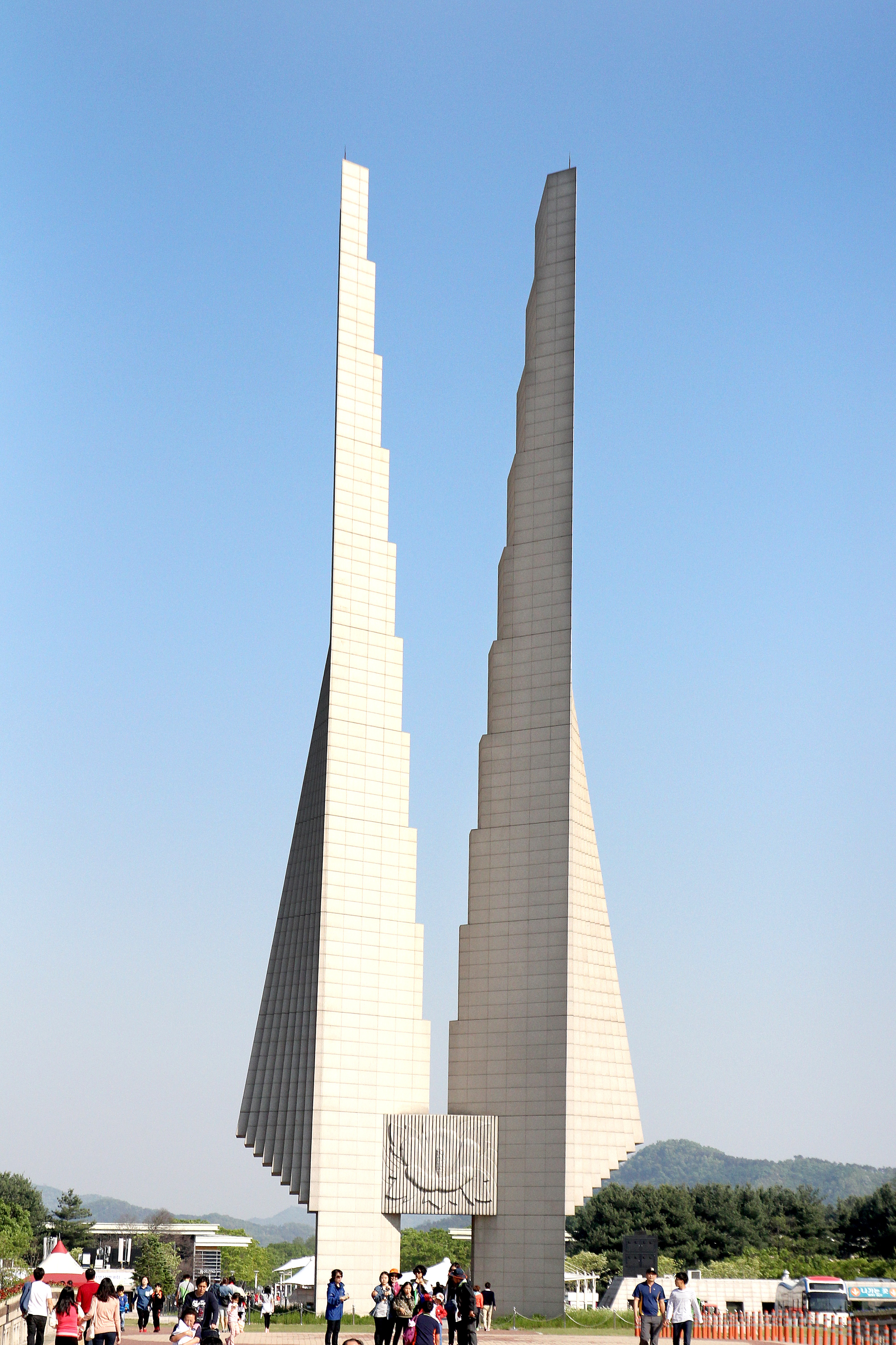Independence & the Korean War
The Korean people faced many challenges and tragedies in the 20th century. In the span of just five decades, Korea went from a sovereign monarchy to a Japanese colony, and eventually became a country divided by civil war. Today, memorials and museums serve as places to educate people on Korea’s somber history.

From 1905 to 1945, Korea was under Japanese control. Then from 1950 to 1953, it was engulfed in civil war that left the country divided.

Officially, the Korean conflict is still ongoing as a peace treaty was never signed.
During the occupation, Korea was exploited for economic gain by Imperial Japan. Natural resources were plundered and the people were used as free labor. Additionally, the Korean language was banned and many cultural relics were systematically destroyed in a wider effort to erase Korean culture. The Korean people fought hard against colonial rule until Japan’s surrender in World War II.
Seodaemun Independence Park in Seoul houses several monuments and a museum dedicated to the independence movement. The museum is a former prison used to incarcerate and torture dissidents by the colonial government. The park highlights the history of the independence movement and pro-democracy movements.
After the fall of the Japanese Empire, the Soviet Union and the United States divided Korea under their respective spheres of influence. Korea had not been divided since the 600s.
From 1950 to 1953, the North and the South fought to a stalemate in the Korean War. The 4km-wide strip of land that now divides the two Koreas is called the DMZ, or the demilitarized zone. The Joint Security Area, or Panmunjom is where North and South Korean officials meet for diplomatic talks. Due to its historical significance and portrayals in media, Panmunjom is a popular destination for visitors.
Observatories and the invasion tunnels located near the DMZ are open to the public. Tourists can enter the tunnels and even reach portions that run under the Northern side of the DMZ. At the observatories, visitors can look out onto the DMZ and even into North Korea.
As an inadvertent result of the lack of human presence in the DMZ, it is now home to many protected and endangered species. So many birdwatchers flock to the DMZ to catch sight of rare species of birds.
